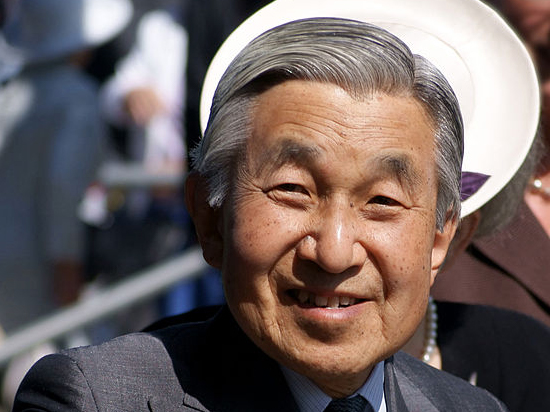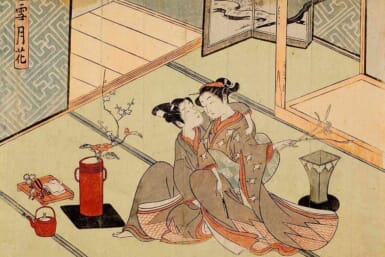On May 1, 2019, for the first time in 200 years, a Japanese monarch will step down from power. The Japanese government passed a bill in 2017 that enables Emperor Akihito to pass the throne on to his son, Crown Prince Naruhito. So brings an end to the Heisei Era, and rings in the Reiwa Era.
You may know him as the Emperor of Japan, or simply as Akihito (not if you’re Japanese, though, he’s only ever referred to as Tennō Heika, or his ‘Imperial Majesty’ here) or you may not be so familiar with him. After all, the position is mostly symbolic, and unlike royalty in other countries, the emperor of Japan is not the nominal head of state.
Regardless, following tradition, Akihito will go down in history as Emperor Heisei, after the name of the current era, which started in 1989 when he succeeded to the Chrysanthemum Throne, the world’s oldest hereditary monarchy.
Akihito was a trendsetter in the whole Emperor lineage, shaking things up by marrying outside of royal lineage. He apparently met his wife Michiko while playing tennis in Karuizawa. Michiko was the first ever commoner to marry into the imperial family. Even though she was the daughter of a wealthy industrialist, she wasn’t of the royal pedigree.
The first Japanese monarch in living memory to visit China, Akihito also made history (and upset some hard-liners) when he acknowledged Korean descent in the Imperial family’s lineage during a press conference on his birthday in 2001.
However, one of his wishes was to bring the Imperial family closer to the people, and Akihito has gone beyond his predecessors in his efforts to connect with the Japanese people and to serve as an ambassador to the rest of the world.
In 1995, after the earthquake in Kobe, the windbreaker-clad emperor personally visited and consoled the victims. He made a historic televised appearance following the 2011 Tohoku earthquake and tsunami, urging people not to give up hope and to help each other. He also has offended some Japanese nationalists by offering apologies to countries wronged by Japan in the past, including those that suffered under his father’s rule during the second world war.
Also, did you know that he’s a part-time ichthyologist, or in more simple terms, a fish expert? He has written essays for scholarly nature journals and is an honorary member of London’s prestigious Linnean Society. His work with the tiny goby fish was recognized in 2006 when two researchers named a new species of goby after the emperor (the almost Latin-sounding E.akihito) after he had collected specimens of the fish and sent them to the researchers for identification.
Now 85, Akihito made waves in 2016 when he announced that he was considering abdication, citing his age and health concerns – the monarch had a heart bypass operation six years ago and was treated for prostate cancer in 2003.
In order to ensure the successful passage of the abdication bill through Parliament, the Abe administration had to include a clause that called for a discussion about different ways to improve the lives of princesses, who leave the Imperial Family and lose their titles when they marry, and who cannot ascend to the throne. At a time when the ranks of the Imperial Family are on the wane – there are currently only 19 members – this is a subject of rising concern.
The bill only applies to Akihito and will only be in effect for three years, important details that ensure that future emperors won’t be forced to abdicate due to political pressure.
Akihito is the first emperor who has never been worshipped or given political power, and his modern Japanese is much more colloquial than any of his predecessors, part of the apparent effort to relate to the people. As Akihito slightly distanced himself from tradition, some Japanese nationalists became upset, but Japanese society is changing and he followed suit.
Main Image: Creative Commons
Text by Vivian Morelli and Matthew Hernon









